In times of war it is not always easy to be strong or to imagine the day after, but various animals and plants teach us that it is possible to survive and show resilience even in hostile and challenging conditions. Many examples suggest that if nature can recover, so can we
Many of us experienced feelings of despair and loss in the last month in front of the pictures of the destroyed kibbutzim, moshavs and settlements after the murderous attack of October 7th. Much of what we lost that terrible day will never return. But if there is anything we can learn from animals and plants it is that restoration is possible, and that resilience is a natural part of who we are.
In the opening of his book "On the face of the earth", the naturalist David Attenborough describes the city of Pripyat in Ukraine as "a place of complete despair": the city, which was damaged by radiation following an explosion the reactor the nuclear in Chernobyl In 1986, has been emptied of its inhabitants, and all that remains of it are abandoned buildings - a reminder of the life it once had. However, at the end of his book, Attenborough returns to Pripyat, and says that during the years that have passed since the disaster, the vegetation has awakened there - and today, various flora and fauna are thriving in the city. This is one of many examples that nature is able to rise from the ruins - and like it, we too can be strong and adaptable, go through challenging times and recover.
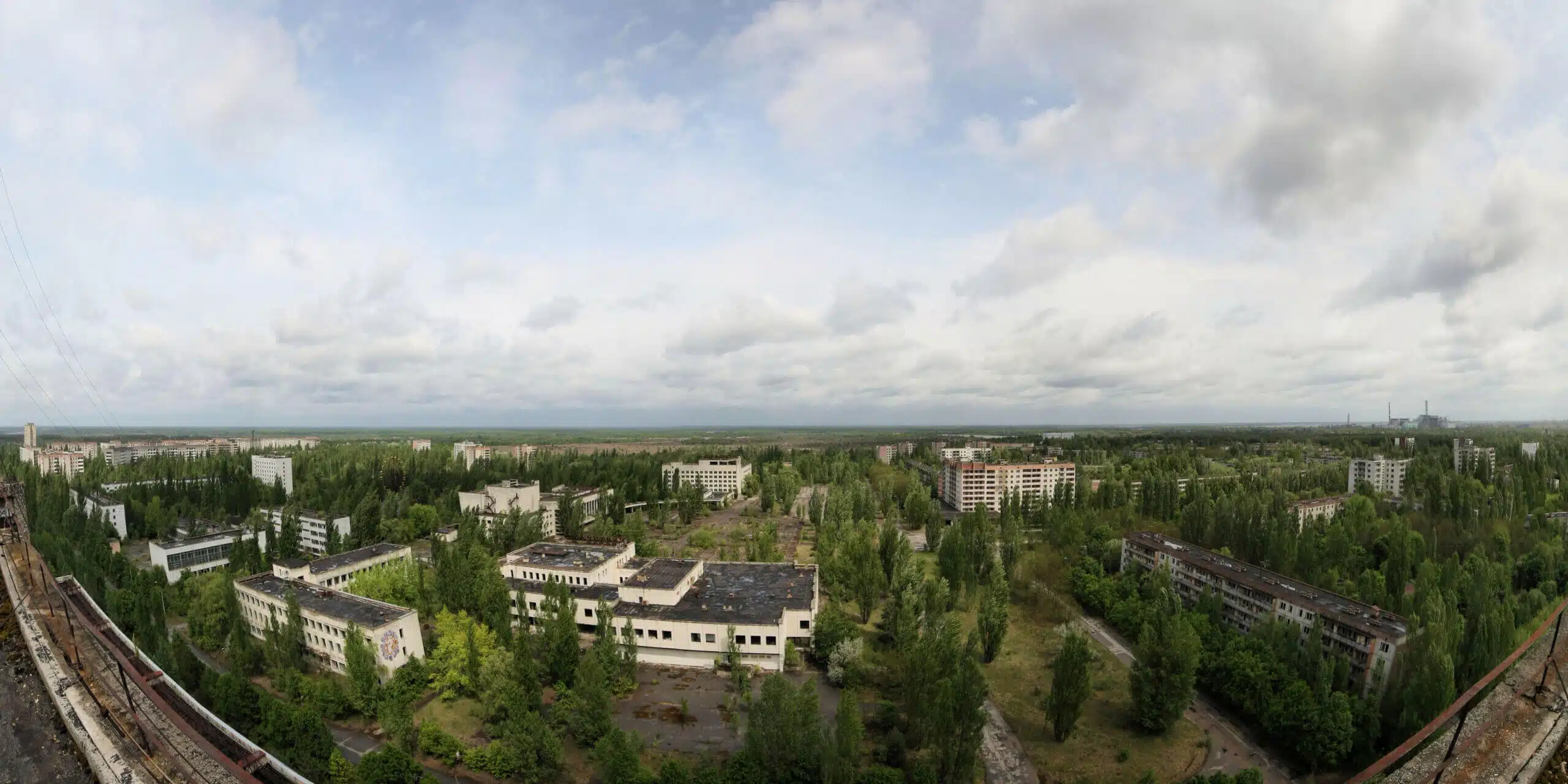
Life on Earth has undergone changes and faced many challenges since its formation לפני about half Billion Year - and found bold and creative ways to overcome the obstacles they faced. "There are many examples in nature of increased resistance to extreme conditions, inspiring adaptability and an impressive ability to recover," says Dr. Anna Hales, the scientific director of the Israeli Association for Ecology and Environmental Sciences. Below is just a small part of these stories, which allow us to draw hope and resilience from them these days.
The soybean that survives in Chernobyl
Nuclear disasters like the one that happened in Chernobyl have a catastrophic effect on the area where they occurred - but it turns out that nature can exist even in the shadow of constant exposure to radioactive radiation. so, Researchers from Slovakia Planted soybeans near Chernobyl - and found that they were able to get used to the hostile environment and survive. The researchers revealed that the plants have developed an adaptation mechanism: they discovered that a protein called Cysteine synthase, which is responsible for protecting the plant, is found in a 3 times higher amount in the soybeans grown in Chernobyl.
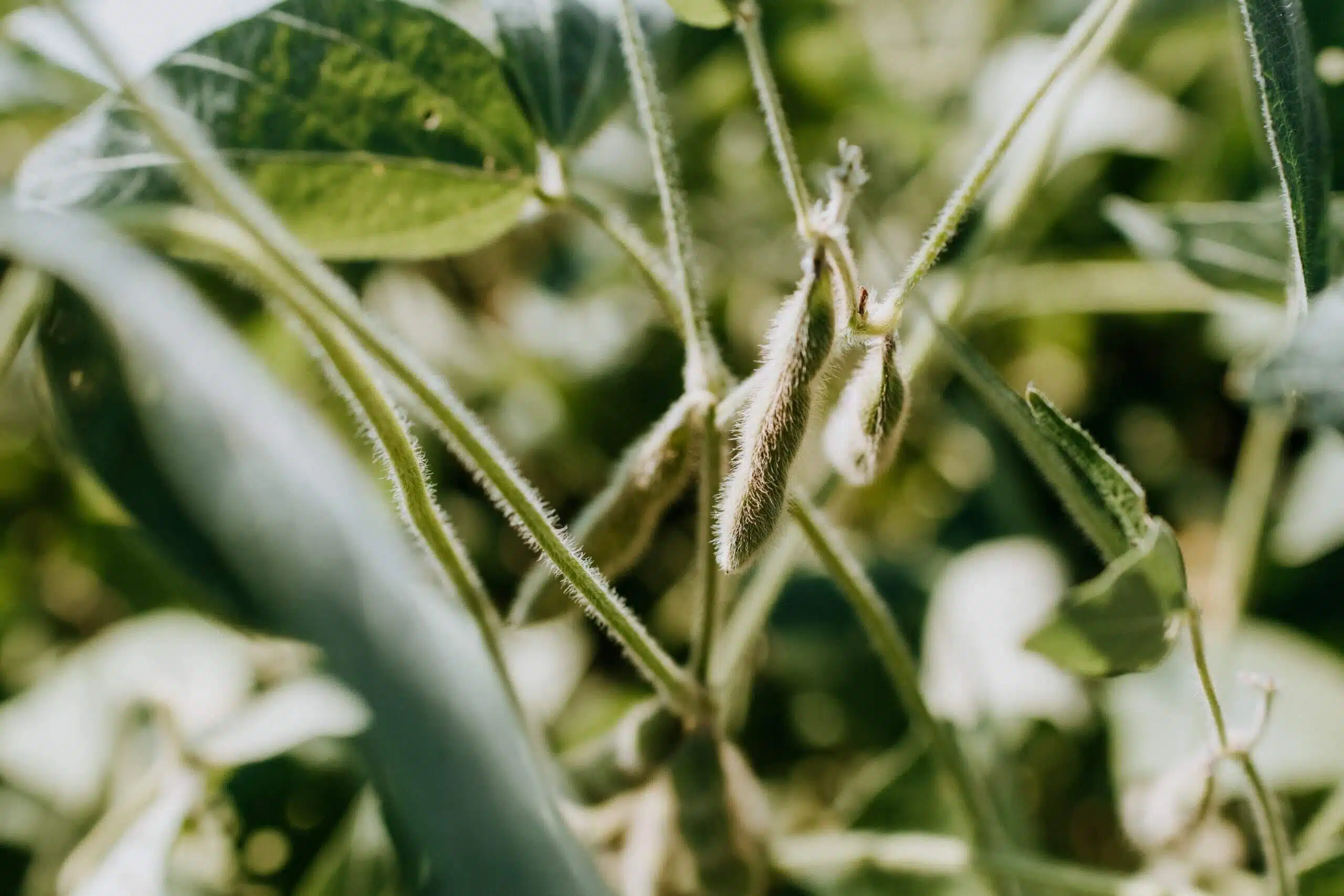
The corals that are immune to the warming of the water
Another example of outstanding adaptation comes to us fromreefs The corals - one of the most beautiful natural wonders and richest in biological diversity. The increase in temperatures due to greenhouse gas emissions (such as carbon dioxide) causes the sea to become warmer and more acidic, which severely damages many coral reefs around the world, from bleaching and dead - and together with them disappeared a rich world of other marine creatures. However, in this alarming landscape there is a glimmer of hope, which comes from our home reef - the coral reef in Eilat: it was found that the coral in the Red Sea more durable to the effect of temperature and acidity in water. Beyond that, they also Continue to produce offspring At the same pace and with the same quality despite the changing conditions. This may be due to the fact that the historical origin of corals in our region is in the Bab al-Mandab strait near Yemen, where the temperatures are very high - that is, the corals developed immunity to heat in the southern region, which they still use today. Therefore, our reef is a kind of "shelter", where corals that are resistant to extreme conditions live - and beyond their individual survival, they can also be used as a "genetic bank" for the corals of the future.
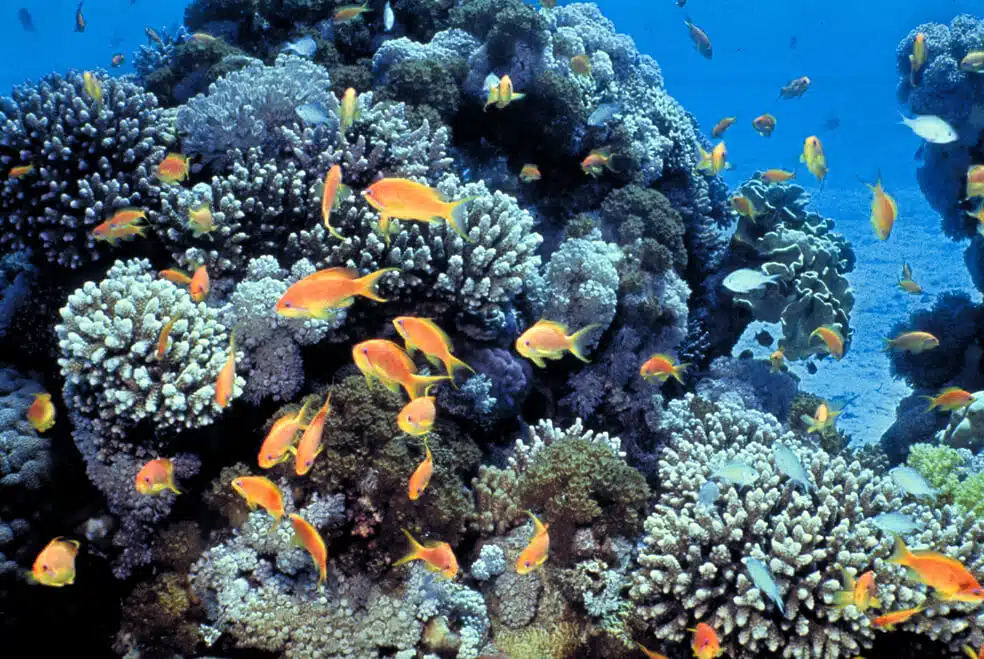
The geckos that regrow their tails
Another interesting example comes from the world of reptiles: lizards andgeckos Different species have developed a survival and defense mechanism that allows them to detach their tails to deceive predators. This is a striking example ofAutotomy - A phenomenon of self-detachment of body parts observed in various animals, starting fromSalamanders and up to octopuses and spiders. In the case of lizards and geckos, the real surprise comes precisely after the detachment - when the animal regrows a tail-like organ. Although the renewed version of the tail has no bones and muscles (unlike the original tail), it compensates for the lost limb and allows it to move stably. Thus, nature in its special way grows spare parts for the living body.
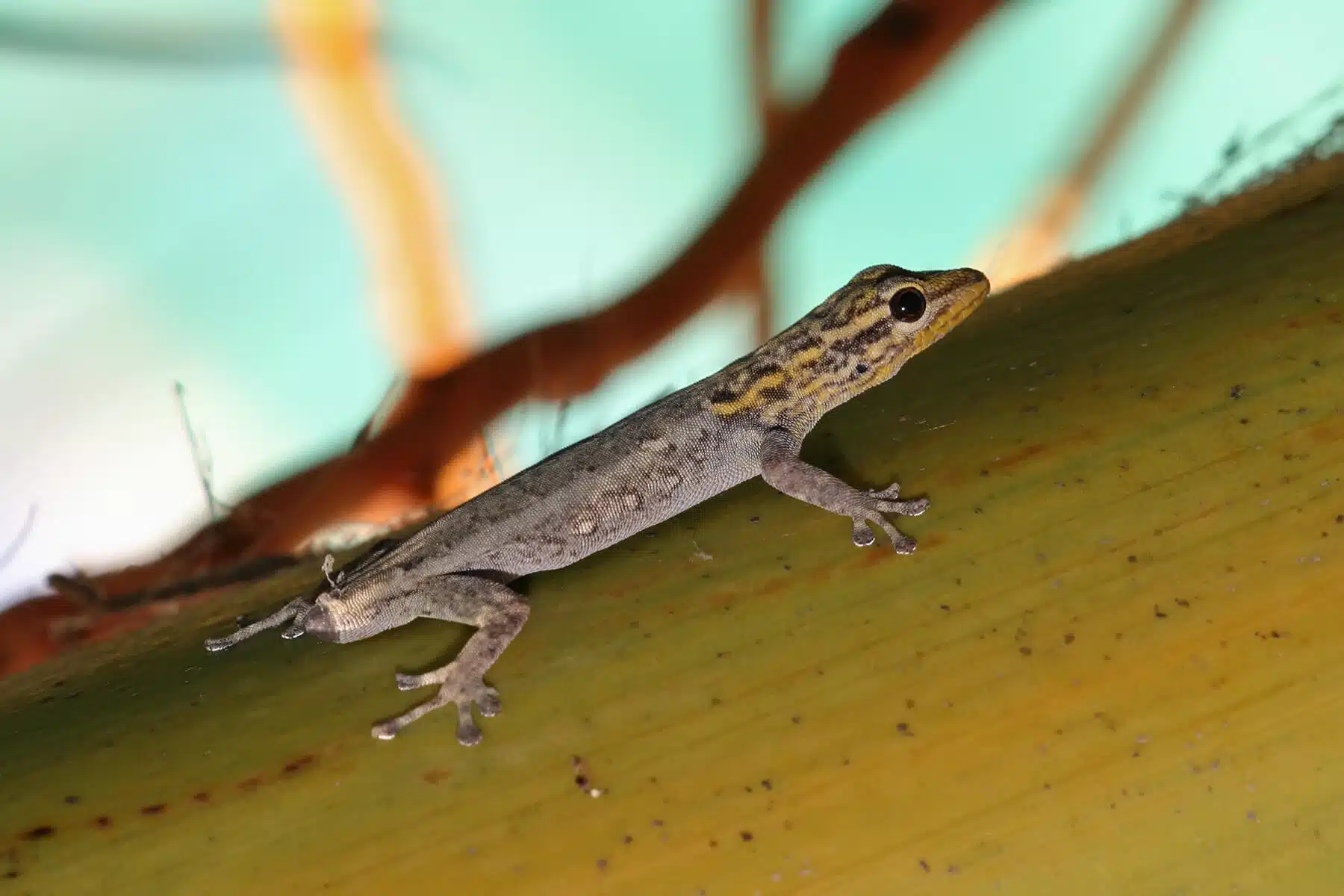
The ants tending to their injured sisters
Ants of the species Magphonra analis (Megaponera analis) operate according to a principle that we have all seen very well the importance of since the outbreak of the war: community mobilization for the sake of the individual. These ants, which are found in Africa, feed exclusively on termites - and often they are seriously injured in the fight with them and even lose part of their legs. But the healthy workers who survived the fighting do not abandon those who were injured, but show an extraordinary mutual guarantee andcollections You the wounded Return to the nest. There, the ants that were not injured cleaning the open wounds of their friends through their mouths, and the dedicated treatment manages to save the lives of no less thanAbout 90 percent of the ants the wounded.
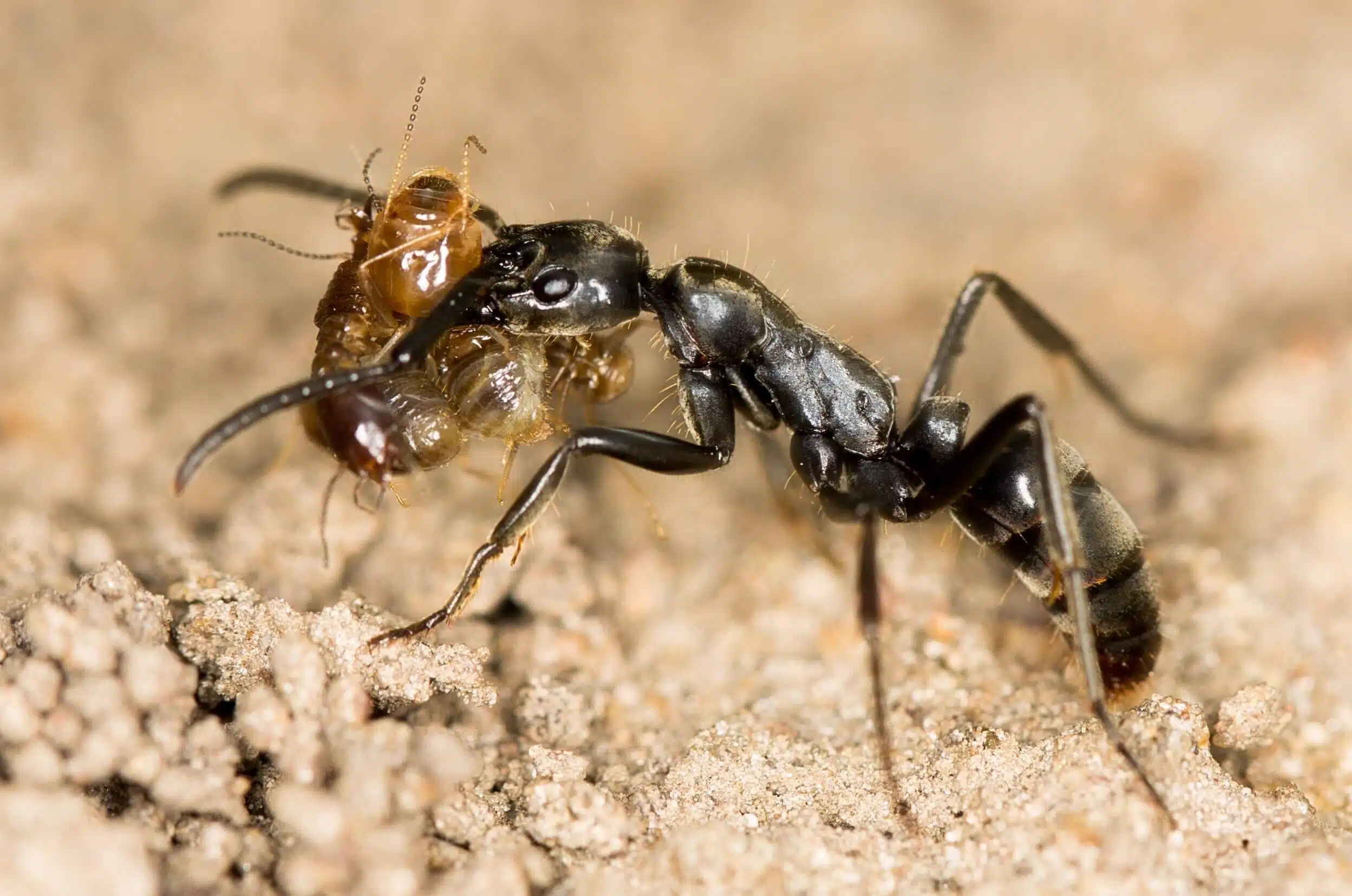
The sea creature that came back from the dead
An unusual marine animal also challenges the age-old concept of life and death. The butyryl the floral (Botryllus schlosseri) is an invertebrate creature that lives in colonies a few centimeters in size, on rocks and even on ships. The lifespan of a single individual in the colony is three weeks, when young individuals grow out of the adult individuals, become adults themselves - and at the end of their lives they shrink and disappear while still alive into the colony, from which new buds grow. Thus, the colony continues to live on and on. Beyond that, the cycle of life and death of the boteril does not end at the level of the single individual: it was found that the entire colony ages - and then rejuvenates again, in ninety-day segments, at the end of which the process repeats itself from the beginning. Just like the cycle of life of the mythical phoenix, reborn again and again from ashes and death.
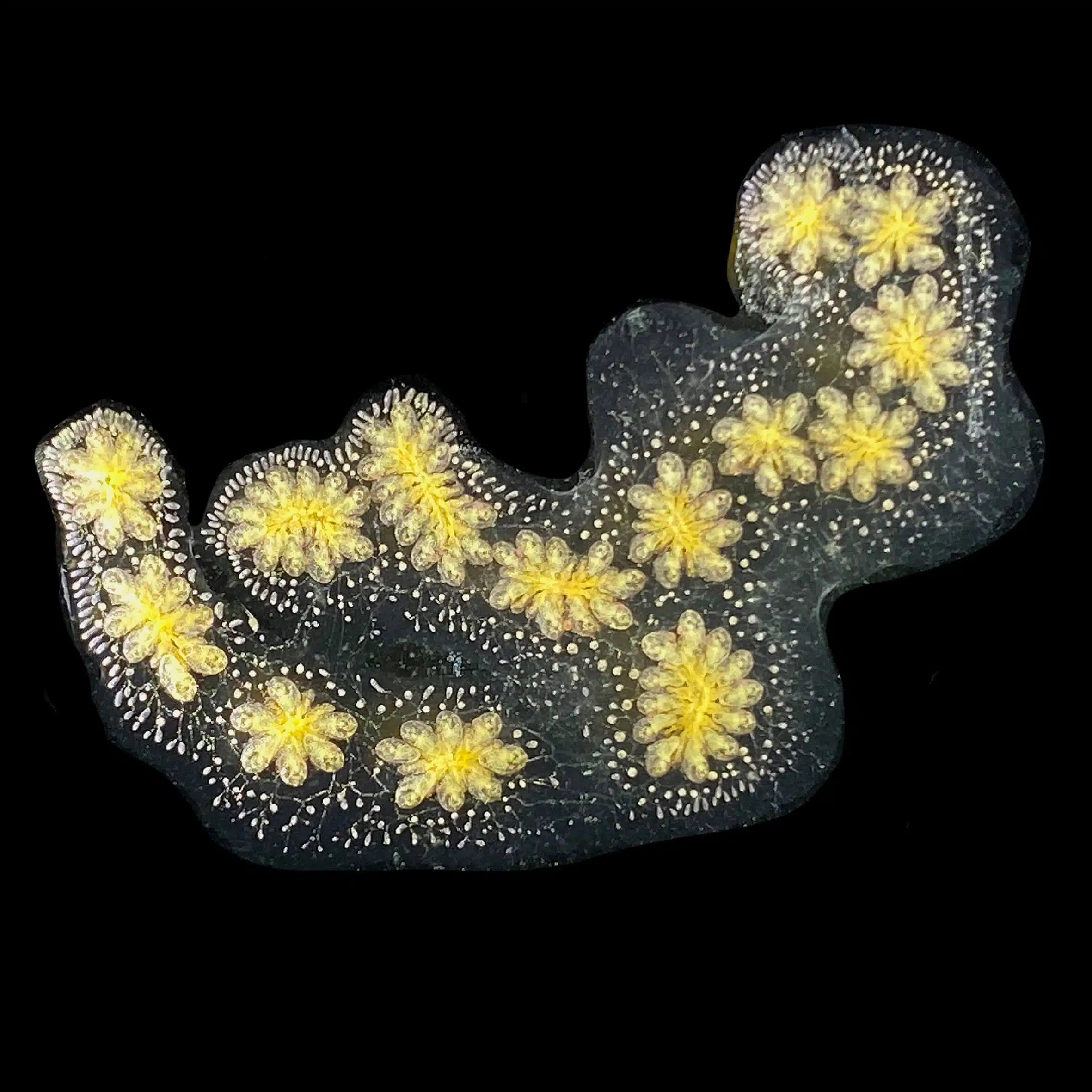
just the tip of the iceberg
"Nature can serve as a source of wonder, and remind us of our personal resilience in challenging times," says Hales. Indeed, these examples are only the tip of the iceberg among countless stories that plants and animals provide us about survival in difficult conditions, about restoration and healing abilities and mutual guarantee. Thus, they teach us that life is stronger than anything, and that better and happier days are yet to come.
More of the topic in Hayadan:
